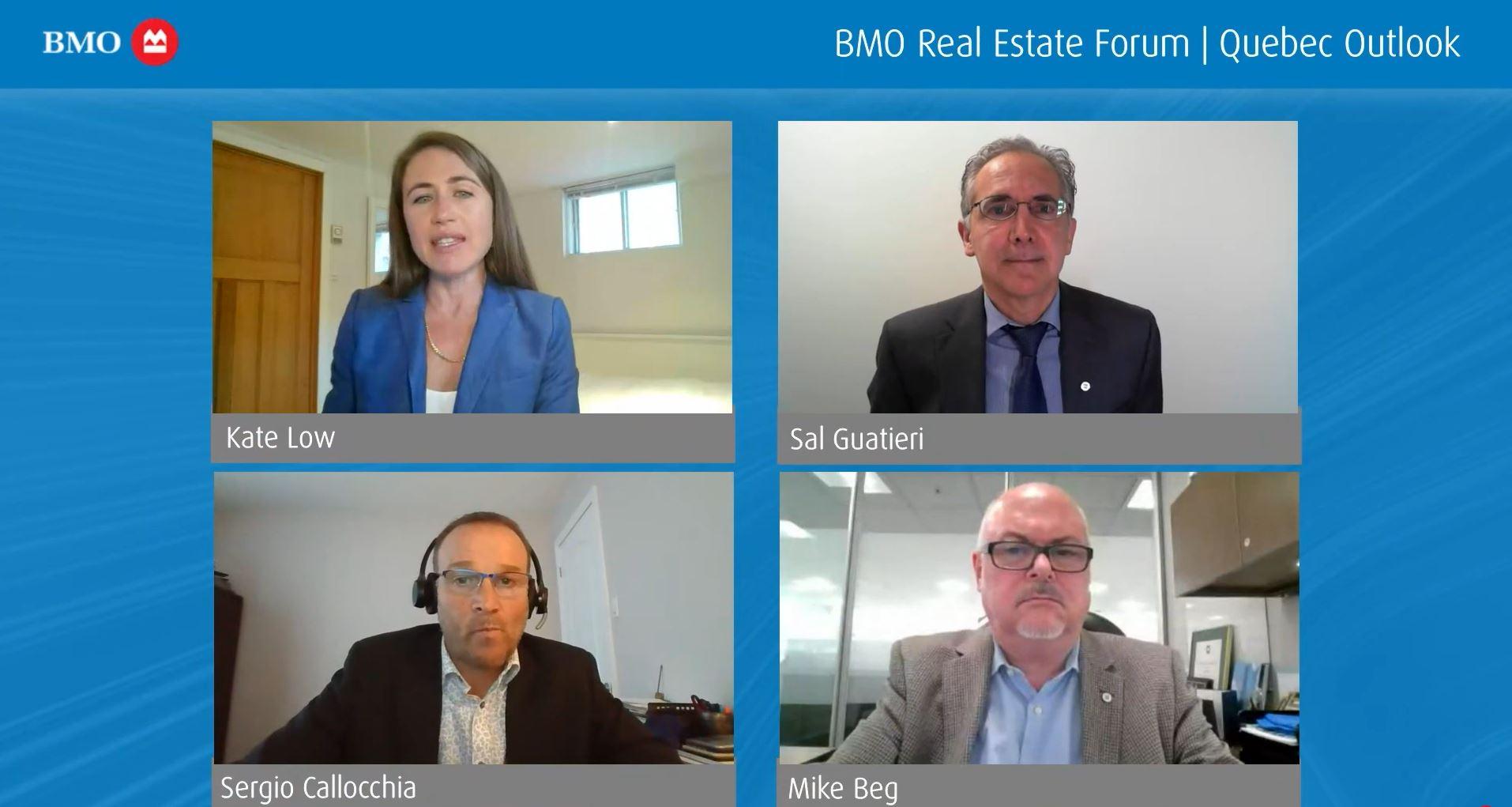BMO Real Estate Forum: Quebec Outlook

BMO’s Commercial Real Estate team offers an insightful virtual discussion on the Quebec housing market, regional market trends and economic outlook. Featured panel speakers include:

Sergio Callocchia: TP, ECA, ECCQ: Director, Cost Consulting and Project Management Division, Groupe Altus

Sal Guatieri: Director & Senior Economist, BMO Capital Markets

Mike Beg: Senior Vice President and Head, Real Estate Finance, Canadian Commercial Banking, BMO

Kate Low: Regional Vice President, Real Estate Finance, Canadian Commercial Banking, BMO